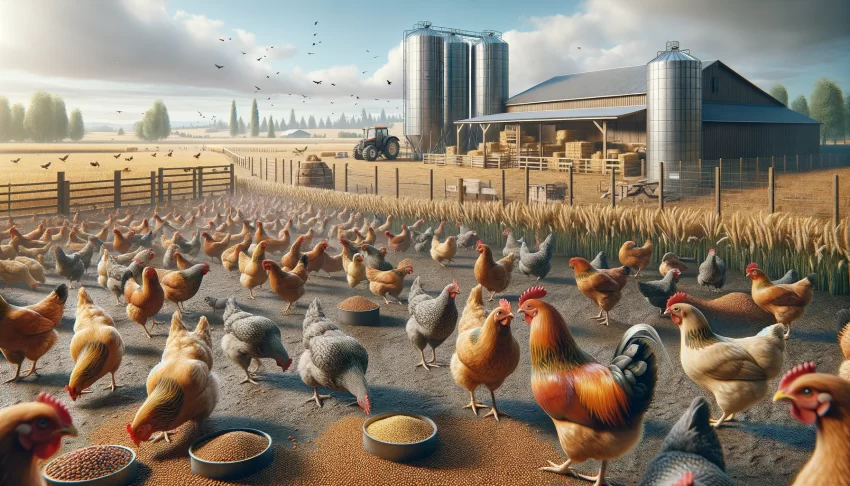| Listen to our audio presentation: High Blood Pressure Information |
Recent reports from Kansas and Texas have confirmed the detection of avian influenza, commonly known as bird flu, in dairy cows, raising concerns about the potential impact on the nation’s milk supply and human health. The U.S. Department of Agriculture (USDA) has assured the public that the milk supply remains safe, despite the unusual transmission of the virus to cattle.
The detections were made in “unpasteurized, clinical samples of milk” from dairy farms in Kansas and Texas, and a swab test from a Texan dairy cow also returned positive. These incidents are part of a broader investigation by the USDA, the U.S Food and Drug Administration (FDA), and the Centers for Disease Control and Prevention (CDC) into dairy cow illnesses in these states, with symptoms like decreased milk production and low appetite.
Authorities believe that wild birds, known carriers of the virus, may have transmitted it to cattle. Despite this cross-species transmission, the risk to human health is considered low. The government has taken measures to ensure that milk from affected cows is either diverted or destroyed and emphasizes that pasteurization, mandatory for commercial milk, effectively eliminates pathogens like the avian flu virus.
In Iowa, the top U.S. egg producer, avian influenza has led to the culling of millions of domesticated birds. However, no other livestock infections have been reported. The state’s agriculture secretary has called for vigilant reporting of cattle illnesses to prevent the spread of this and other diseases.
Despite these developments, there should be no impact on milk prices or the safety of dairy products, as affirmed by federal agencies. The U.S. dairy industry, mindful of the potential economic repercussions, has urged international partners not to impose bans or restrictions on U.S. dairy products due to these isolated incidents.
The detection of avian influenza in U.S. dairy cows highlights the complexity of disease transmission among different animal species and the importance of vigilant disease monitoring and reporting. While the immediate risk to public health and the commercial milk supply is low, these incidents underscore the interconnectedness of wildlife, livestock, and human health sectors. This situation serves as a reminder of the ongoing need for robust surveillance, quick response mechanisms, and public education to manage and mitigate the risks associated with zoonotic diseases.
Here is a list of some of the worst bird flu outbreaks among humans:
- Hong Kong (1997): The first known outbreak of the H5N1 strain of bird flu in humans occurred in Hong Kong, resulting in six deaths out of 18 confirmed cases.
- Vietnam and Thailand (2004-2005): This outbreak of H5N1 bird flu saw a significant number of human cases and deaths, with Vietnam reporting over 60 cases and 20 deaths, and Thailand reporting 17 cases and 12 deaths.
- Indonesia (2005-2006): Indonesia experienced a major outbreak of H5N1 bird flu, with over 50 confirmed human cases and a high fatality rate, resulting in over 40 deaths.
- China (2013-2017): The H7N9 strain of bird flu emerged in China, causing multiple waves of human infections with a high mortality rate. By early 2017, there were over 1,500 confirmed cases and more than 600 deaths.
- Egypt (2006-2015): Egypt faced recurring outbreaks of H5N1 bird flu, with a significant number of human cases and deaths reported over the years.
- Turkey (2006): Turkey experienced a notable outbreak of H5N1 bird flu, with 12 confirmed human cases and four deaths.
- Vietnam (2014-2015): Another wave of H5N1 bird flu infections occurred in Vietnam, resulting in several human cases and deaths.

